THE ASAHI SHIMBUN
December 17, 2024 at 17:27 JST
 The Kashiwazaki-Kariwa nuclear power plant in Niigata Prefecture in June 2023 (Asahi Shimbun file photo)
The Kashiwazaki-Kariwa nuclear power plant in Niigata Prefecture in June 2023 (Asahi Shimbun file photo)
The economy ministry on Dec. 17 released a draft of a new “basic energy plan” that sets a course for Japan’s energy policy and marks a return to utilization of nuclear power.
The phrase “reduce dependence on nuclear power as much as possible,” which was crafted in the wake of the accident at the Fukushima No. 1 nuclear power plant following the 2011 Great East Japan Earthquake and tsunami, was deleted.
In effect, the ministry has taken steps to increase the number of nuclear power plants.
However, it also indicated that the share of nuclear power generation in the power source composition would remain at 20 percent in fiscal 2040, and that renewable energy sources would nearly double to 40-50 percent of the total.
This draft proposal sets forth the policy direction for fiscal 2040.
It assumes that semiconductor factories and data centers that use a lot of electricity will be built in succession and that electricity demand in fiscal 2040 will increase to 1.1 to 1.2 trillion kwh, about 1.2 times the current level.
The draft considers nuclear power plants and renewable energy to be “decarbonized power sources,” and it says both should be “utilized to the fullest extent possible.”
However, since all nuclear power plants are not being restarted, the current ratio is less than 10 percent.
To achieve the 20 percent target, which is based on the assumption that demand for electricity will increase, further support will be essential.
The draft, therefore, allows the same power company to build a new reactor on the site of another nuclear power plant that equals the same amount of decommissioned nuclear power plants.
In effect, the draft allows for the construction of additional reactors.
It will take about 20 years to build a nuclear plant and there is a sense of urgency among officials, as a ministry official said, “If we don't start now, we will not make it in time.”
In addition, the construction of a nuclear power plant requires a huge amount of funding for safety measures, and the fear of an accident cannot be dispelled.
Therefore, the hurdle to raise funds is high.
To increase the possibility of investment recovery, it is necessary to “develop a market environment that can respond to fluctuations in revenues and costs associated with changes in the market environment,” the draft states.
Also, it states that “measures such as loans that take advantage of the government's creditworthiness” are necessary, too.
The draft also mentions the introduction of a system that would ensure the recovery of the upward swing in construction costs of nuclear power plants from electricity charges.
According to the draft, the ratio of renewable energy in fiscal 2040 will be 40-50 percent, about double the current level.
Although growth has slowed since fiscal 2019 due to the limited number of suitable sites for new construction, the draft calls for the introduction of approximately 20 gigawatts of next-generation perovskite solar cells, which are light and bendable.
It also calls for 30-45 gigawatts of offshore wind power generation, with solar power set at 22-29 percent and wind power at 4-8 percent.
Geothermal power generation, on which Prime Minister Shigeru Ishiba is focusing his efforts, will also be boosted through exploratory drilling and technological development, and its share will be 1-2 percent, according to the draft.
The ratio of thermal power generation, which is under close scrutiny from the rest of the world, will be reduced by half, to 30-40 percent in fiscal 2040.
The draft said that Japan will promote “decarbonization” by capturing and storing carbon dioxide (CO2) and adopting co-firing technology with hydrogen and ammonia.
At the same time, the draft clearly states that the public and private sectors will work together to promote long-term contracts to prepare for risks such as fuel price hikes and disruptions in the supply chain.
(This article was written by Chinami Tajika and Jumpei Miura.)
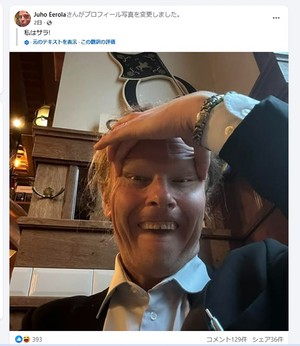
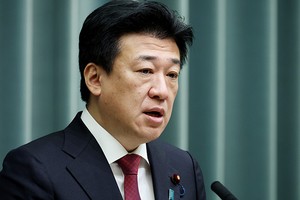


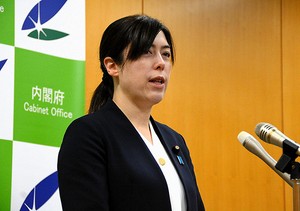







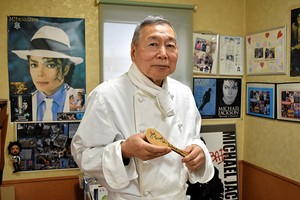



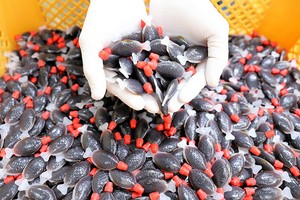

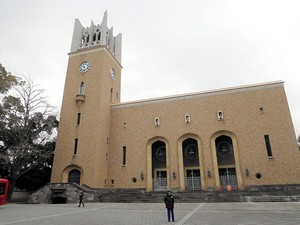

A peek through the music industry’s curtain at the producers who harnessed social media to help their idols go global.
A series based on diplomatic documents declassified by Japan’s Foreign Ministry
Here is a collection of first-hand accounts by “hibakusha” atomic bomb survivors.
Cooking experts, chefs and others involved in the field of food introduce their special recipes intertwined with their paths in life.
A series about Japanese-Americans and their memories of World War II